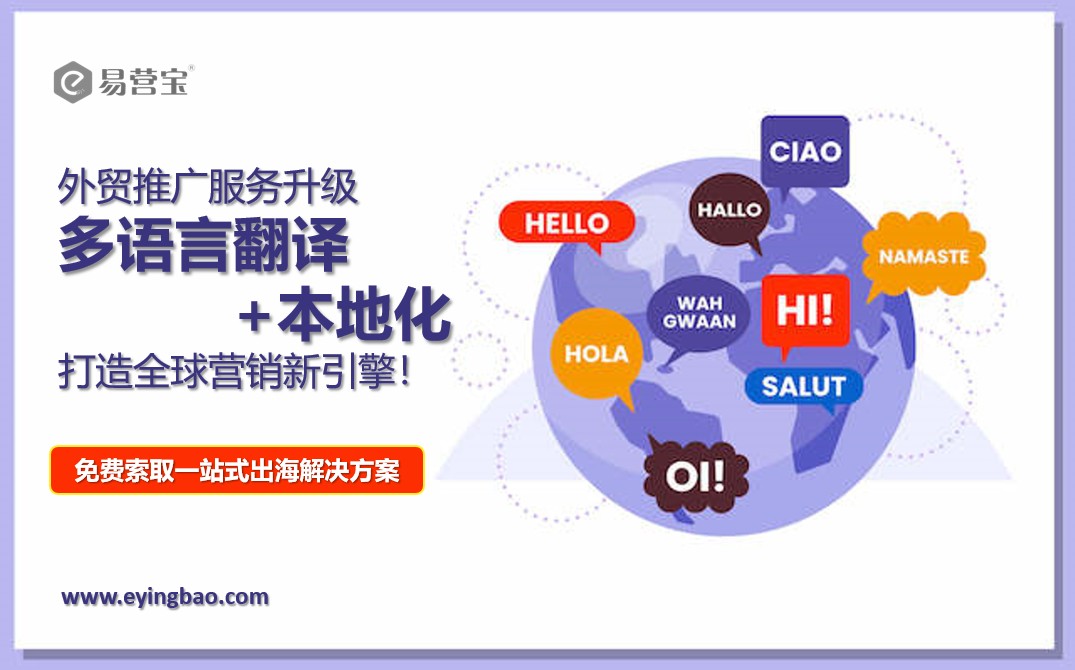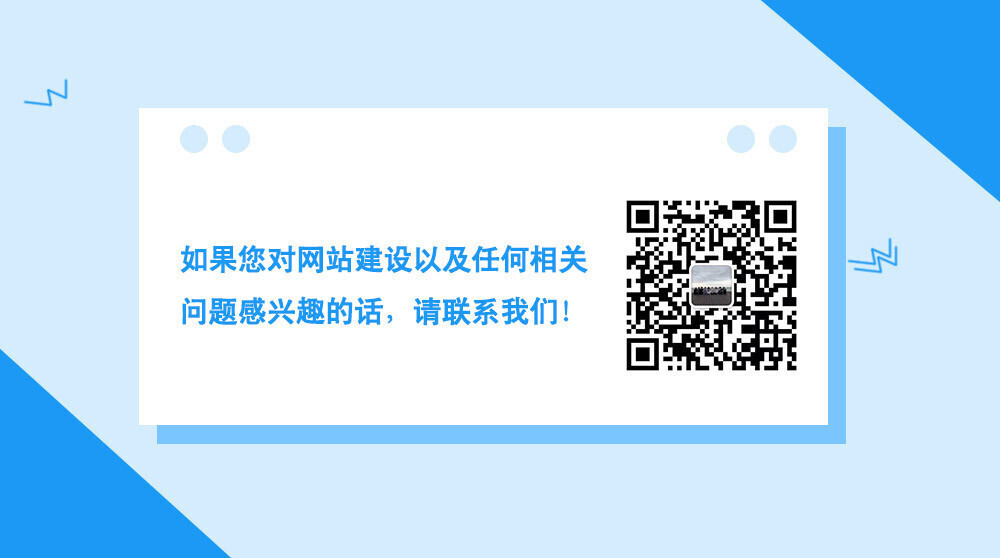EasyStore Cloud Intelligent Website Marketing System Platform!
- Dynamic keyword library SEO optimization services, help foreign trade independent station accurate traffic flow2025-07-08View Details
- Comparison of website building services: how to choose the most suitable program for foreign trade independent station?2025-07-08View Details
- Foreign trade independent station advertising strategy: how to avoid wasting budget?2025-07-08View Details
- Meta advertising agency practice: foreign trade independent station how to reduce the cost of customer acquisition?2025-07-10View Details
- Dynamic Keyword Bank SEO Optimization Services to Accurately Capture User Needs2025-07-09View Details
- SEO Optimization Outsourcing Services, Why It's the New Choice for Business Marketing?2025-07-03View Details
- Foreign trade independent station high-conversion station building secrets, Beijing supplier exclusive sharing!2025-07-01View Details
- AliCloud accelerate foreign trade independent station, speed up 50% is not a dream!2025-07-03View Details
As Trump's tariffs tighten, where do Chinese manufacturers go from here?
1. Trump’s new tariff policy triggers urgent response from Chinese manufacturers
After the Trump administration imposed a new 10% tariff on Chinese goods earlier this month, Chinese electronics manufacturer Agilian Technology quickly launched a plan to circumvent the additional tariffs. This move not only reflects Agilian's keen insight into tariff policies, but also reveals the common dilemma and coping strategies of Chinese manufacturers under Trump's new tariff policy.

Faced with the threat of tariffs, Renaud Anjoran, executive vice president of Angelian, admitted: "This has forced us to speed up our work." In response to possible tariff increases, Angelian is working hard to build a production line in Malaysia and plans to ship the first batch of products to the United States this spring. This is not only a direct response to Trump's tariffs, but also a microcosm of Chinese manufacturers seeking to diversify their supply chains in the context of globalization.
2. The “China + 1” strategy is upgraded, and manufacturers accelerate their overseas layout
The possibility of Trump's return to the White House has heightened concerns among Chinese manufacturers, prompting them to accelerate the implementation of the "China + 1" strategy, which is to move more production overseas. Steve Greenspon, CEO of Honey-Can-Do International, an Illinois home furnishings company, said his company had long intended to move its production lines out of China, and Trump's tariff policy only accelerated the process. Now, the company's production focus has shifted to Vietnam, and China's share in its production layout has dropped significantly.
This phenomenon is not an isolated case. Data from China's Ministry of Commerce shows that since Trump's trade war, China's manufacturing investment in ASEAN and other regions has increased significantly. Most of these investments are greenfield investments, that is, new factories and new businesses, aimed at diversifying the supply chain and spreading risks.
3. Foreign trade independent station and multilingual website: Helping Chinese manufacturers break through tariff barriers
Under the background of uncertain tariff policies, independent foreign trade websites and multilingual websites have become important tools for Chinese manufacturers to break through tariff barriers and expand overseas markets. By establishing their own independent foreign trade websites, manufacturers can more independently control the marketing rhythm and content, and directly display product features and brand advantages to overseas consumers. At the same time, the construction of multilingual websites can overcome language barriers, allowing potential customers around the world to easily understand and purchase Chinese products.

Foreign trade independent websites not only provide a platform for displaying products, but also serve as a bridge for manufacturers to build trust with overseas consumers and enhance brand awareness. By regularly updating content, sharing industry trends, and providing customer service, manufacturers can gradually establish close ties with overseas consumers, thereby standing out in the fierce market competition.
4. Manufacturers are using their own unique skills to cope with tariff challenges
Faced with the challenge of Trump's tariffs, Chinese manufacturers have tried their best to find ways to reduce costs and maintain competitiveness. Some manufacturers reduce production costs by optimizing production processes and improving automation levels; others use price reduction strategies to mitigate the impact of tariffs on consumers. However, these methods are often only effective in the short term. In the long run, diversifying the supply chain and differentiating products are the fundamental solutions.

William Liu, sales director of Rongli Garment Co., Ltd., said his company will cut prices by 5% to help absorb some of the additional tariff costs, but this will seriously erode profits. Therefore, he called on manufacturers to pay more attention to product innovation and brand building to enhance the added value and competitiveness of their products.
5. Chinese manufacturers under Trump’s tariff policy: challenges and opportunities coexist
Trump's tariff policy has brought unprecedented challenges to Chinese manufacturers, but it also breeds new opportunities. On the one hand, the increase in tariffs forces manufacturers to accelerate their overseas layout to achieve supply chain diversification and risk dispersion; on the other hand, it also prompts manufacturers to pay more attention to product innovation and brand building to enhance the added value and competitiveness of their products.

In this process, the role of independent foreign trade websites and multilingual websites has become increasingly prominent. They not only provide a platform for Chinese manufacturers to showcase their products, but also a bridge to connect with overseas consumers and expand international markets. By making full use of these foreign trade marketing tools, Chinese manufacturers can ride the wave of globalization and create their own glorious chapter.
6. Adapt to change and create a better future
Although Trump's tariff policy has brought many challenges to Chinese manufacturers, it has also prompted them to actively seek change and innovation. In this process, foreign trade marketing tools such as independent foreign trade sites and multilingual websites will play an increasingly important role. We believe that in the context of globalization, Chinese manufacturers will be able to adapt to the changing environment and work hand in hand with global partners to create a better future.
Faced with the pressure of Trump's tariffs, Chinese manufacturers did not choose to escape or complain, but bravely met the challenge and actively sought solutions. This spirit is not only worthy of our admiration, but also worthy of our learning and reference. In the days to come, let us look forward to Chinese manufacturers shining even brighter on the global stage!
If you have any questions about the construction and operation of foreign trade websites, please contact Yiyingbao technical customer service WeChat: Ieyingbao18661939702, and the staff will answer you wholeheartedly!

The picture resources are from the Internet. If there is any infringement, please contact 400-655-2477.
Similar Recommendations
 Dynamic keyword library SEO optimization services, help foreign trade independent station accurate traffic flow
Dynamic keyword library SEO optimization services, help foreign trade independent station accurate traffic flow Comparison of website building services: how to choose the most suitable program for foreign trade independent station?
Comparison of website building services: how to choose the most suitable program for foreign trade independent station? Foreign trade independent station advertising strategy: how to avoid wasting budget?
Foreign trade independent station advertising strategy: how to avoid wasting budget?




